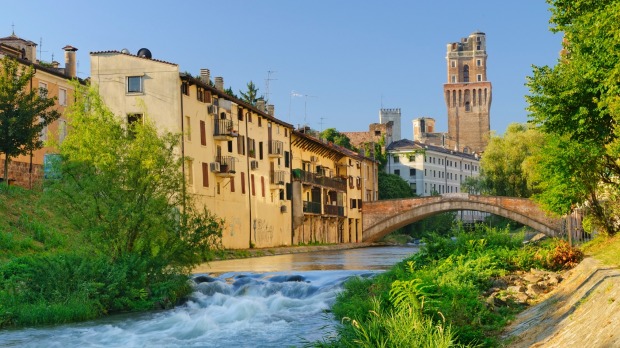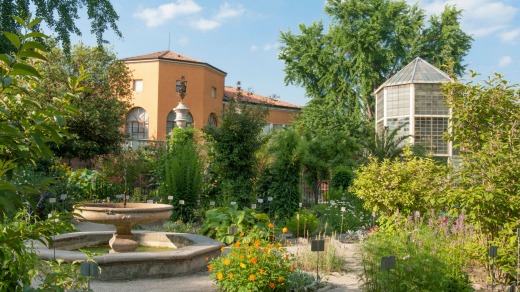
Perpetually in the shadow of neighbouring Venice, Padua is an odd mix of gritty and pretty. Perceptions of it can alter radically within a block.
But Padua has a proud history in its own right. As a seat of learning it arguably paved the way for modern medicine, and the student population gives the city plenty of energy today. More importantly, the city has three absolutely stellar attractions that elevate it well above the agreeable day trip level.
Padua has long been a major university city, and it's well worth taking a tour of the main building, the Palazzo del Bo . The grandstanding major halls decorated with alumni's coats of arms are impressive, but the star attraction is the world's first anatomical theatre. The entirely wood-carved, claustrophobic, funnel-like theatre was put in place in 1594 so students could watch bodies being cut open. Tour times are somewhat idiosyncratic, so check ahead.

It's a tiny bit of a detour away from the true centre of Padua, but the Trattoria Ai Porteghi (Via Cesare Battisti 105, 00 39 049 660746) is one of those local restaurant finds everyone wants to make. Everything is covered in gorgeous dark wood panelling, waiters finish off the dishes – such as cod prepared four ways – with a final bit of showy preparation in front of diners, and there's homeliness in spades.
Even travellers thoroughly bored with looking at European churches are stunned by the Cappella degli Scrovegni . Almost the entire interior is covered in early 14th century frescoes, painted in fascinating detail using ahead-of-their-time techniques by fresco master Giotto. Each panel has something to attract the eye, but as a whole, the chapel is a staggering single artwork.
The Orto Botanico was set up by the university in 1495, becoming the world's first botanic garden. It'd be worth visiting on trivia grounds alone, but the recent addition of a massive greenhouse section has made it far more absorbing. That's because it's full of museum-like displays on how humans have cultivated crops over time, transporting them between continents, used them to create medicines and bred in mutations to improve food supplies.
The Majestic Toscanelli has a sense of old-world flair to it – mosaic-tiled bathrooms, massive drape curtains and rugs that have clearly not been sourced en-masse from Ikea. It's not quite in the grand dame category, but it has been tastefully modernised to avoid fustiness – and the wonderfully central location is a massive bonus. Doubles cost from €88.
The tourist information office sells a PadovaCard covering the municipal museums and churches, but it only really has value if you're planning to blitz round all of them. And most are rather ho-hum.
: discoverpadova.com.